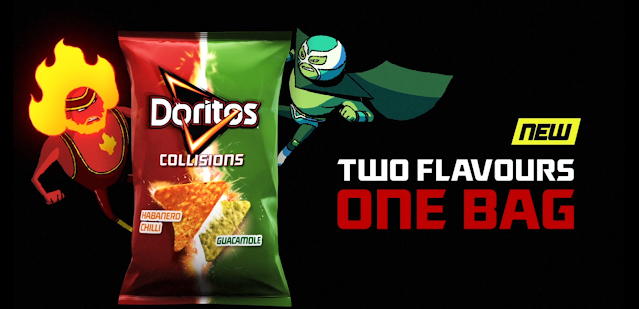Video Games CSP 1: Lara Croft Go
Video Games CSP 1: Lara Croft Go:
Language:
1) Lara Croft first appeared in 1996 Eidos Playstation game.
2) The narrative of Tomb Raider was influenced by Indiana Jones
3) Lara Croft has featured in films (the first starring Angelina Jolie. The 2018 version rebooted the character). She has appeared on magazine covers more times than any supermodel. There have been advertising tie-ins, merchandise, comic books and spin-offs featuring the character.
4) It was released in August 2015 for Android, iOS, Windows, and Windows Phone devices. Versions for PlayStation 4, PlayStation Vita and Steam were released in December 2016.
5) It is an Action Adventure game. However, this game is also a ‘turn-based puzzle’ which involves by-passing enemies and unlocking paths in a sequential manner
6) The game involves collecting items that unlock special powers and tools that help your progress through the game. The three-act narrative structure proceeds from an orientation stage through various complications and blockages to a simple resolution.
7) The setting is that of a jungle or mountain, which helps to reinforce the action-adventure genre. Accessories include gloves, a backpack, a utility belt with holsters and two pistols, which shows that she is on an adventure; this helps to reinforce the genre. Her costume is usually a blue tank top, light brown shorts, calf high boots and long socks, which reinforces the narrative.
8) Many of the opponents that Lara comes across include lizards, snakes and spiders. There are not many different enemies as memory is key.
9) Lara Croft Go explores the ruins of an ancient civilisation in the Amazon Jungle while fighting menacing enemies. There is some intertextuality here with the Indiana Jones movies, original Tomb Raider games, and Tomb Raider films
10) She has gone from being a sex symbol in video games to appeal to young men and boys who would be more interested in a woman's unrealistic, idealised appearance to that of a more feminist character who is less sexualised and created more as a representation of strong, independent women.
Representations:
1) They are usually presented in a very sexual and idealised manner in order to appeal to teenage boys and perverted men who objectify women and treat them not as true representations of human beings or strong, able-minded people, but as objects that they can project creepy expectations onto, because they treat women as being-sub human and inferior to men because of a perceived, inherently sexist stereotype of women.
2) She is created to be perceived in a very sexist way, meaning that she is not a true representation of women, but as a method of appealing to men and boys.
3) She subverts stereotypes because she is a female character in a video game, which has, for nearly all of video games since their creation, never been seen properly in the media. Her gaining popularity as a female character is the only reason she subverts stereotypes.
4) Developers treat female characters as objects and tools to gain a wider audience of males, meaning that any realistic, able-minded, feminist female characters are hardly seen, if at all.
5) She is not a feminist icon. Although her representation as a female character has been much more realistic throughout the development of the game, she is still seen as a sex symbol that is treated as a way to allow men to perceive their idealistic and creepy fantasies of women through a video game character.
Industries:
1) PEGI stands for Pan-European Game Information.
2) It is a European video game content rating system established to help European consumers make informed decisions when buying video games or apps through the use of age recommendations and content descriptors.
3) Square Enix Montreal created Lara Croft Go.
4) Lara Croft Go is the combination of two successful franchises – Lara Croft Tomb Raider and the Hitman Go mobile game.
5) Tomb Raider is a media franchise that originated with an action-adventure video game series created by British gaming company Core Design. Square Enix developed Hitman Go in 2014 based on the successful Hitman game franchise.
Audience:
1) They may be able to form a personal relationship with Lara's character or find a personal identity through Lara. Additionally, they may be able to be diverted from everyday life and find escapism in the game.
2) They might play it on the weekends or after school/work in the afternoons. They would most likely play it at home, but could also do so while on public transport or on their way home.
3) Acrobatics and platforming are key features of the game, and therefore she was animated in a way that made her fit the setting and narrative of the game. However, she was also animated in a sexual way to appeal to their target audience of men, wearing a tank top and shorts.
4) An audience would be able to gain information (surveillance) about the setting or the narrative that has progressed throughout the history of the Tomb Raider franchise. Audiences may be able to form a personal relationship with Lara and also be able to identify with her character. Additionally, the game may provide escapism for the audience as it is in a new setting, which would be unfamiliar to the audience.
5) It would most likely be males who would find the sexual appearance of Lara Croft to be appealing, in some way. Brand loyalty may attribute to this if people have been playing the game for a long time, have seen its development or through intertextuality

Comments
Post a Comment